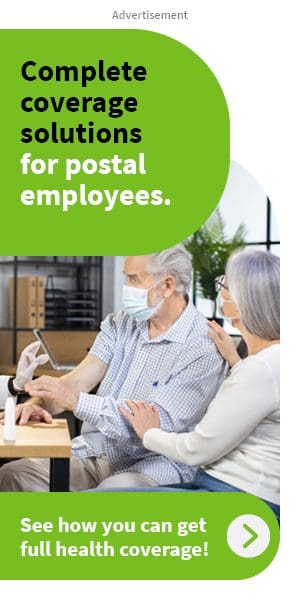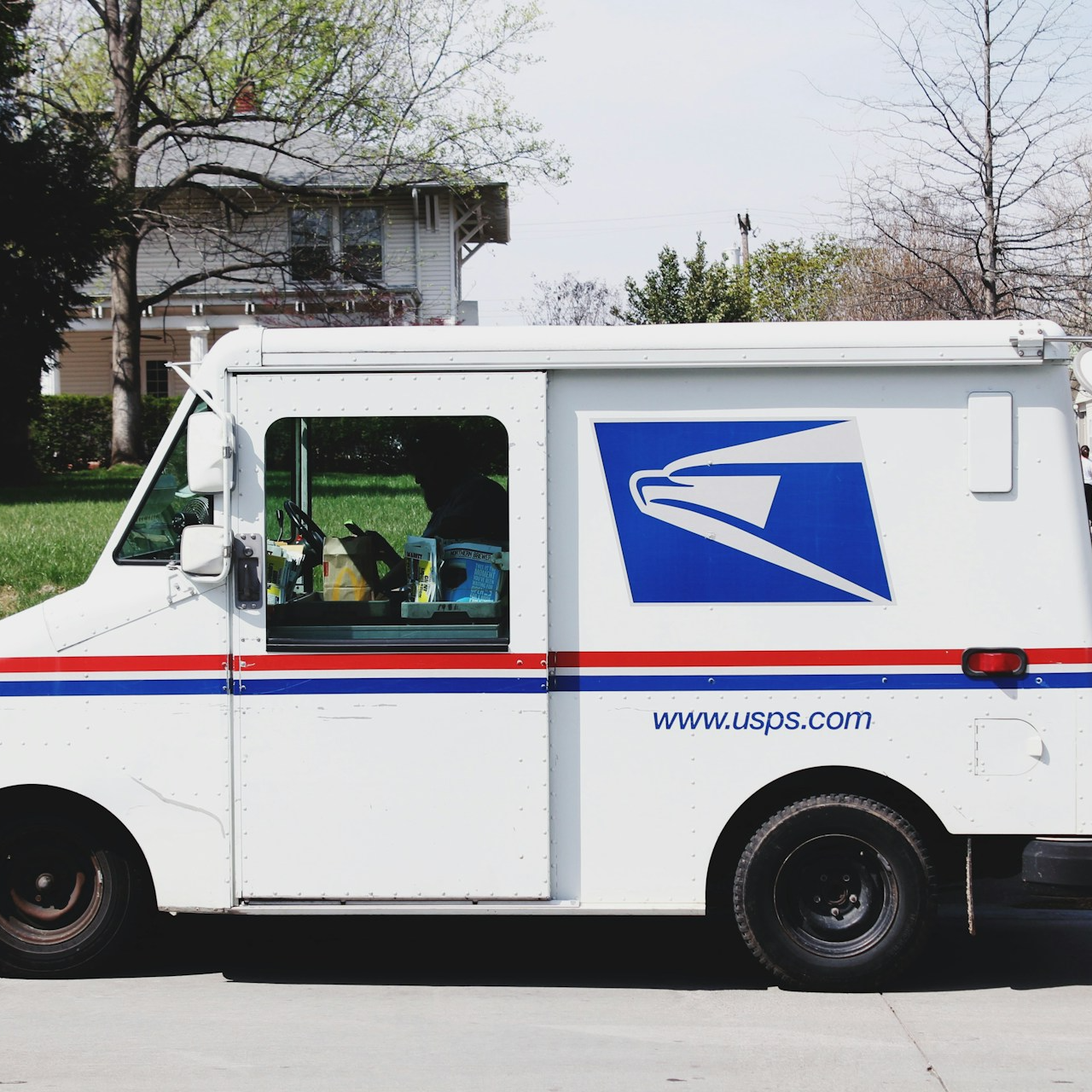Key Takeaways
-
Many enrollees mistakenly assume their current doctor is automatically covered under their new PSHB plan—this isn’t always the case.
-
You need to verify your provider’s in-network status annually, especially in 2025, when PSHB replaces FEHB for USPS employees and retirees.
Why Your Doctor May No Longer Be Covered
The transition from the Federal Employees Health Benefits (FEHB) Program to the Postal Service Health Benefits (PSHB) Program in 2025 introduces major changes—one of the most overlooked is provider network variation. Even if your PSHB plan appears similar to your former FEHB coverage, the list of in-network doctors may not be identical.
In-network coverage is not guaranteed just because you stayed with a familiar plan name. Each PSHB plan has negotiated its own provider contracts. Your longtime primary care physician or specialist may now be considered out-of-network under your 2025 PSHB plan, which can significantly affect both access and cost.
What Changed in 2025 That Affects Provider Networks
The PSHB system, implemented officially in January 2025, is exclusive to USPS employees, retirees, and eligible family members. It replaced FEHB coverage for this group, creating a distinct pool with separate risk and premium calculations.
Because of this change:
-
PSHB insurers may have created entirely new provider contracts
-
Previous FEHB in-network doctors might not have joined the new PSHB-specific network
-
Smaller geographic regions may see more limited provider access due to the narrower plan design
This means even if you selected a plan based on previous assumptions, the provider network could have changed underneath it.
How to Check If Your Doctor Is In-Network
To confirm if your physician is covered under your new PSHB plan, you need to use multiple tools and verify with both the plan and the provider.
1. Use the Online Provider Directory
Every PSHB plan offers an online search tool where you can:
-
Enter your doctor’s name
-
Filter by specialty, zip code, or practice location
-
Confirm if they are listed as in-network for 2025
Be sure you select the PSHB version of the plan, not a general FEHB or commercial variant, to ensure accuracy.
2. Call the Plan Directly
Sometimes, online tools are outdated or incomplete. It’s wise to call your plan’s customer service line and:
-
Ask if your doctor is in-network under the PSHB plan specifically
-
Confirm if the provider is accepting new patients in 2025
-
Ask for documentation or a confirmation number for reference
3. Confirm With the Doctor’s Office
Even if a provider is listed online or confirmed by the plan, their status can change quickly. Contact the doctor’s office directly and ask:
-
“Do you participate in [Plan Name] under the PSHB Program for USPS members?”
-
Request a written confirmation via email or secure message, if possible
Red Flags to Watch For During the Verification Process
There are a few signs that should prompt further investigation:
-
“We accept that plan but aren’t in-network”: This can lead to higher out-of-pocket costs.
-
“We’re waiting on a contract update”: The provider may not yet be officially in-network for 2025.
-
“We don’t recognize the PSHB distinction”: This suggests they are unaware of the USPS-specific plan changes.
These are all reasons to pause and dig deeper before assuming coverage.
What to Do If Your Doctor Is No Longer Covered
Finding out your doctor isn’t covered can be frustrating. But there are strategic steps you can take.
Compare Other In-Network Providers
-
Use the PSHB plan directory to search for similar providers within your area
-
Check reviews and credentials if switching is necessary
Explore Continuity of Care Exceptions
Some plans may allow you to continue seeing your current provider temporarily if:
-
You’re in the middle of treatment
-
You have a scheduled surgery or recent hospitalization
You must request this exception directly with your PSHB plan, typically within 90 days of the plan start date.
Plan for the Next Open Season
If losing your doctor is a deal-breaker, you can:
-
Note the current provider networks and compare during the next Open Season (November–December 2025)
-
Switch to a plan that includes your doctor, if available
The Role of medicare in This Equation
If you’re enrolled in Medicare and a PSHB plan, your situation adds another layer.
-
Some PSHB plans waive cost-sharing when combined with Medicare Part B
-
But network requirements may still apply for services outside of Medicare coverage
-
Always verify if the provider participates in both Medicare and your specific PSHB plan
Not every doctor who accepts Medicare will automatically bill your PSHB plan appropriately—you need to confirm both.
Why This Matters More Than You Think
Doctor-patient relationships often take years to build, especially for chronic conditions. Losing access unexpectedly can:
-
Interrupt treatment plans
-
Delay diagnosis and referrals
-
Lead to increased costs for out-of-network care
In 2025, as new PSHB networks take shape, ensuring your doctor is part of the plan is more important than ever.
Special Considerations for Rural Areas
In rural or remote ZIP codes, access may already be limited. Narrower PSHB networks can amplify the issue.
-
Always check if in-network providers are within reasonable driving distance
-
Consider whether telehealth visits are covered and available through your PSHB plan
-
Factor in specialist availability and referral rules under each plan
Don’t assume your local provider has been included automatically—you must confirm.
What About Specialists and Hospitals?
Primary care providers aren’t the only concern. Specialists and hospitals may also be affected:
-
Verify whether your preferred hospital is in-network, especially for emergency services or planned procedures
-
Confirm anesthesiologists, radiologists, or other facility-based providers are also part of the plan
-
Ask if referrals are needed under your PSHB plan before scheduling specialty care
Even a single out-of-network provider during a hospital visit can result in significant bills.
Timing Is Critical in 2025
Here’s what you should do at key points throughout the year:
-
January–March 2025: Review your new PSHB plan documents and provider directories
-
April–June 2025: Confirm in-network status with your physician for the year
-
July–September 2025: Track any changes to provider networks mid-year
-
October–December 2025: Prepare to make changes during Open Season if necessary
Taking action early helps avoid surprises and ensures uninterrupted care.
Avoid These Common Assumptions
-
“It’s the same plan name, so the network must be the same.” Wrong.
-
“My doctor accepted it last year, so they must now.” Not necessarily.
-
“If it’s not listed online, it must be an error.” Maybe—but confirm with a phone call.
Assumptions in 2025 can cost you financially and medically.
Stay Proactive With an Annual Provider Check-Up
It’s good practice to do a provider check every year, even if you haven’t changed plans. The healthcare landscape changes frequently, and so do provider affiliations.
Keep a checklist:
-
Verify in-network status annually
-
Ask about any upcoming changes in participation
-
Keep copies of confirmation emails or documentation
This simple routine can save you time, stress, and money.
Don’t Wait Until You Need Care to Find Out
Many PSHB enrollees in 2025 will wait until they need a prescription, appointment, or procedure to learn their doctor isn’t covered. By then, it may be too late to avoid costs or delays.
Take the time now to:
-
Make those verification calls
-
Explore your plan’s online tools
-
Talk with your doctor’s billing department
The sooner you confirm, the better positioned you are to act if you need to make changes.
Make Your PSHB Plan Work for You
As a PSHB enrollee in 2025, your responsibility is to make sure your coverage aligns with your actual medical needs. Checking your doctor’s network status isn’t a one-time task—it’s a critical part of annual health planning.
Take control of your plan’s benefits by:
-
Confirming your doctor’s participation annually
-
Exploring alternative providers if necessary
-
Using the plan tools provided
-
Asking direct questions to the plan and your provider
Take Charge of Your 2025 Healthcare Experience
Your PSHB plan may look familiar, but the fine print has changed. Doctor networks are one of the most crucial differences to understand as you navigate this new chapter of healthcare coverage.
Don’t let outdated assumptions or incomplete information disrupt your care. Take a few simple steps today to verify your provider network and protect your health access.
Need help sorting through your plan options or network questions? Speak with a licensed agent listed on this website for personalized guidance.










